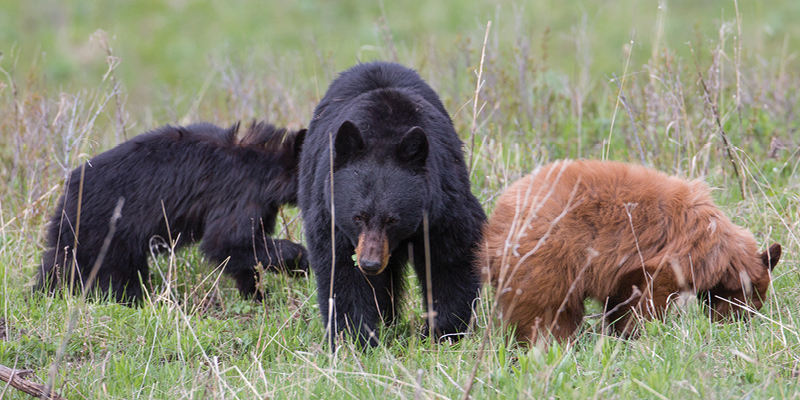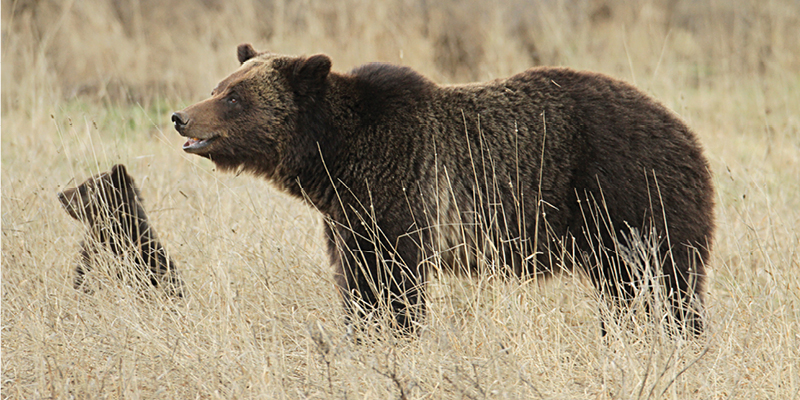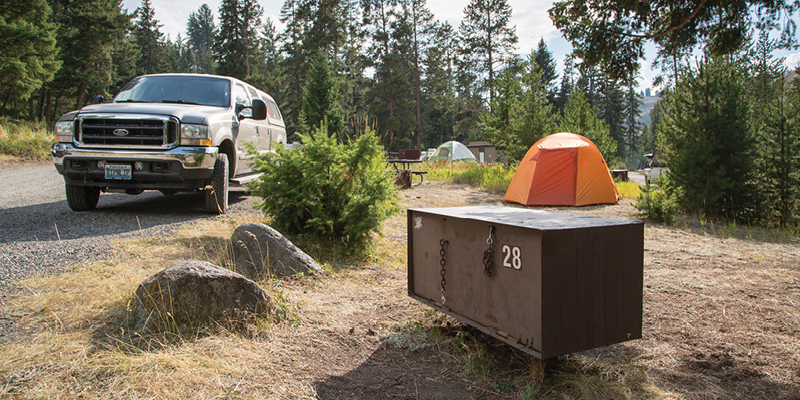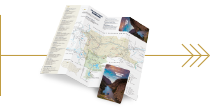Tips for Staying Bear Aware
 Photo courtesy National Park Service
Photo courtesy National Park Service
With many stories in the news lately about bear conflicts, it’s important to have a broader understanding of what is happening here in bear country and to offer insight on how to avoid or minimalize future conflicts.
Montana is 147,046 square miles, with large swaths of undeveloped land good for elk, deer and bighorn sheep populations that sustain carnivores. We have more intact grizzly habitat than anywhere in the lower 48 (hence, the grizzly is the official state mammal!) Currently, Montana has an estimated 1,500 grizzly bears and 15,000 black bears.
While these numbers may seem significant, compared to the 19th and 20th centuries before they almost went extinct, they are not. At that time, an estimated 50,000 grizzlies roamed the west. However, since being federally protected, their populations are growing at 2.3% per year. The growth in grizzly populations, along with an increase in human populations, is driving bears into locations they haven’t been seen in years and, in some cases, more than a century.
 Photo courtesy National Park Service
Photo courtesy National Park Service
This growth has prompted Montana to request that the bears be taken off the endangered species list and, instead, manage the populations independently. In February of this year, the U.S. Fish and Wildlife Service began reviewing this request (along with requests from Idaho and Wyoming) to ensure regulatory safeguards in place are adequate to remove federal protections. This process takes about twelve months to complete. (Note, Montana's Yellowstone Country is sharing information, not advocating for either specific outcome.)
Most human and bear conflicts involve bears protecting their young or a food source. However, the overwhelming majority of bear sightings do not involve conflict.
Currently, the U.S. Fish and Wildlife Service insists that Montana work to reduce conflicts to help keep humans safe and bear populations healthy. Montana Fish Wildlife and Parks has met this requirement by hiring bear management specialists who work across the state with landowners, town residents and community leaders to implement safeguards to minimize problems.
Bear specialists are in Kalispell, Libby, Missoula, Anaconda, Hamilton, Choteau, Conrad, Bozeman and Red Lodge. These specialists work with people to address the problem of leaving unsecured attractants accessible to bears, for example, putting electric fences around garbage, pet food, orchards, beehives, chicken coops and calving grounds.
The Big Hole Watershed Committee employs a range rider to keep bears away from cattle and operates a carcass collection station. And in the Flathead, the Great Bear Foundation organizes volunteers to pick up fallen plums, cherries, and apples.
As for visitors to Montana’s Yellowstone Country, there are several things you can do to stay safe.
 Photo courtesy National Park Service
Photo courtesy National Park Service
Staying Safe in Bear Country
- Carry bear spray and know how to use it immediately. (You can rent bear spray from Canyon Village in Yellowstone.)
- Travel in groups whenever possible and make noise, which can help alert bears to your presence.
- Stay away from animal carcasses, which often attract bears.
- Follow food storage orders from the applicable land management agency.
- If you encounter a bear, never approach it. Leave the area when it is safe to do so.
- Keep garbage, bird feeders, pet food and other attractants put away in a secure building. Keep garbage in a secure building until the day it is collected. Certified bear-resistant garbage containers are available in many areas.
- Never feed wildlife. Bears that become food conditioned lose their natural foraging behavior and pose threats to human safety. It is illegal to feed bears in Montana.
If we all do our part, we can continue cohabitating with grizzlies, even while their populations continue to rise.


